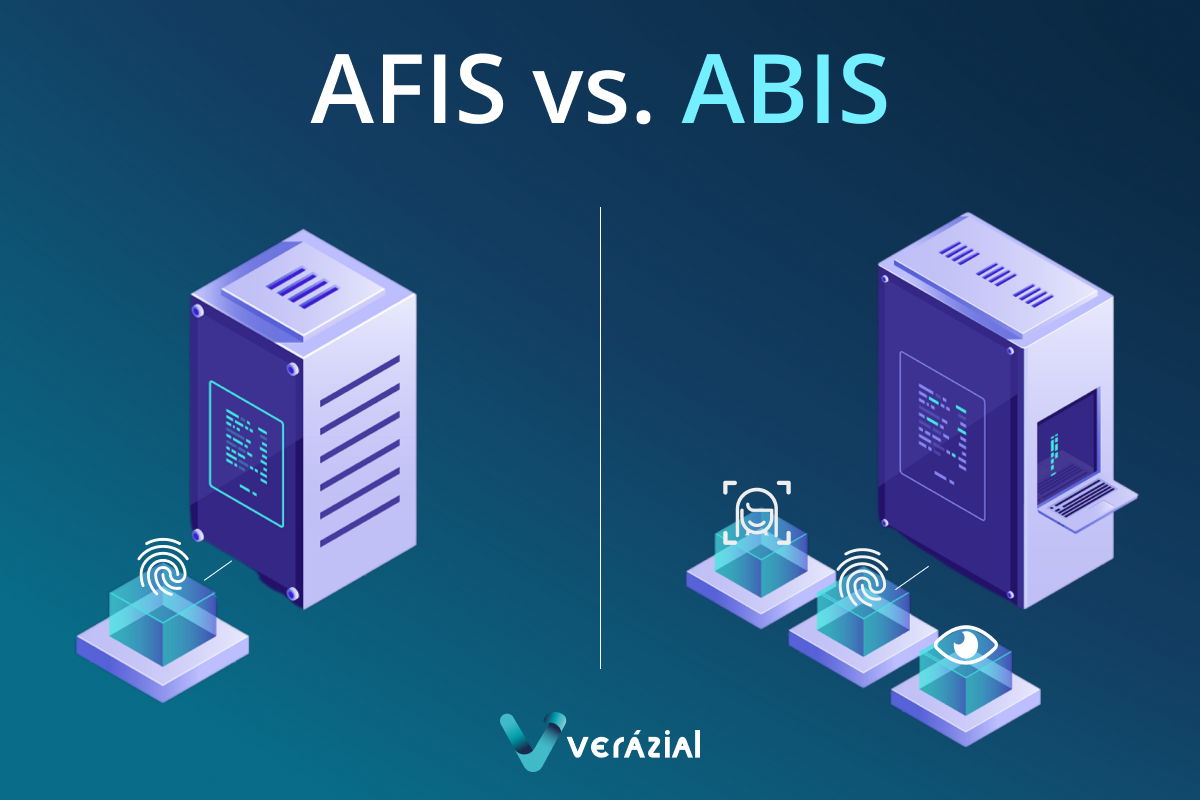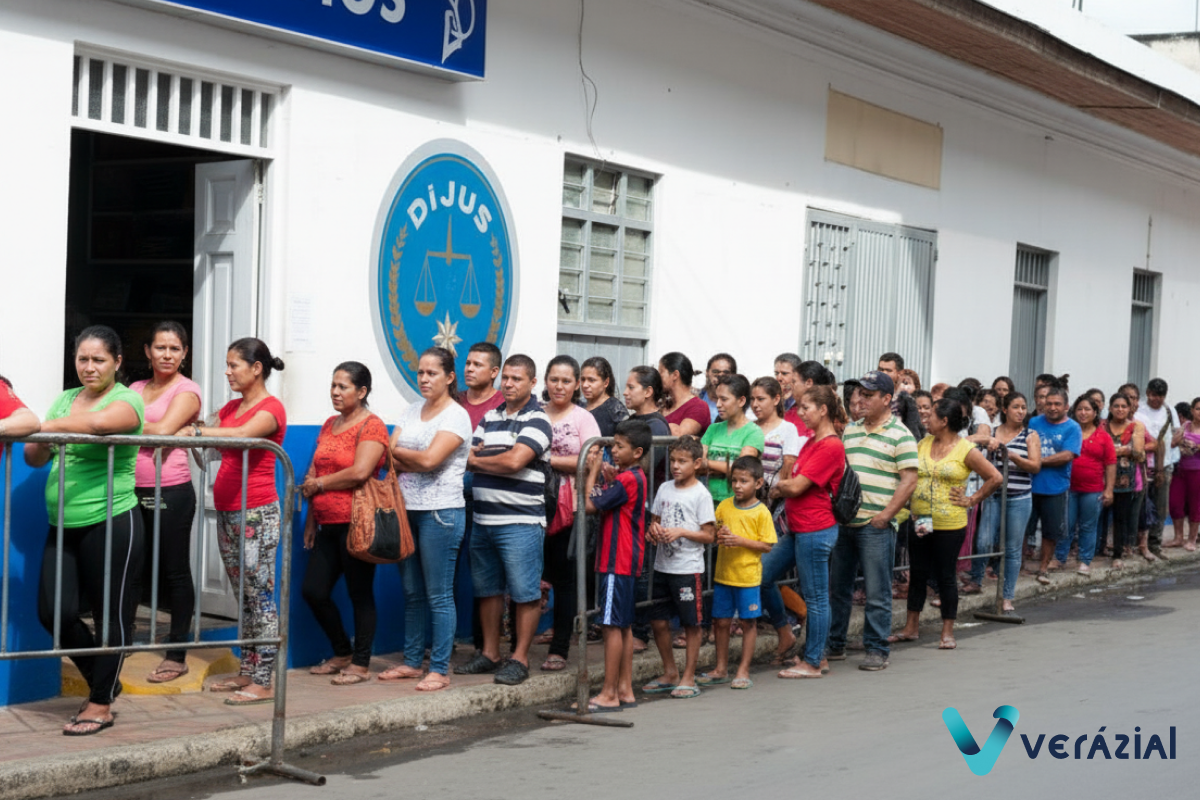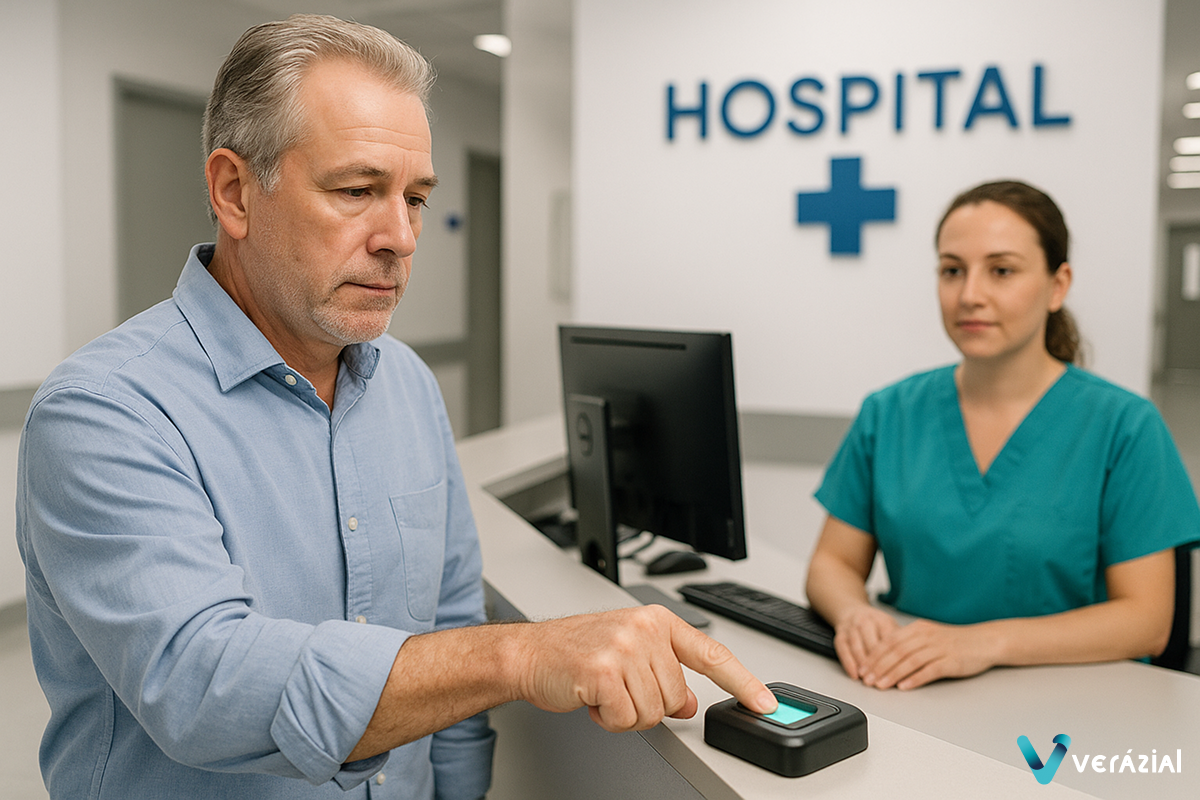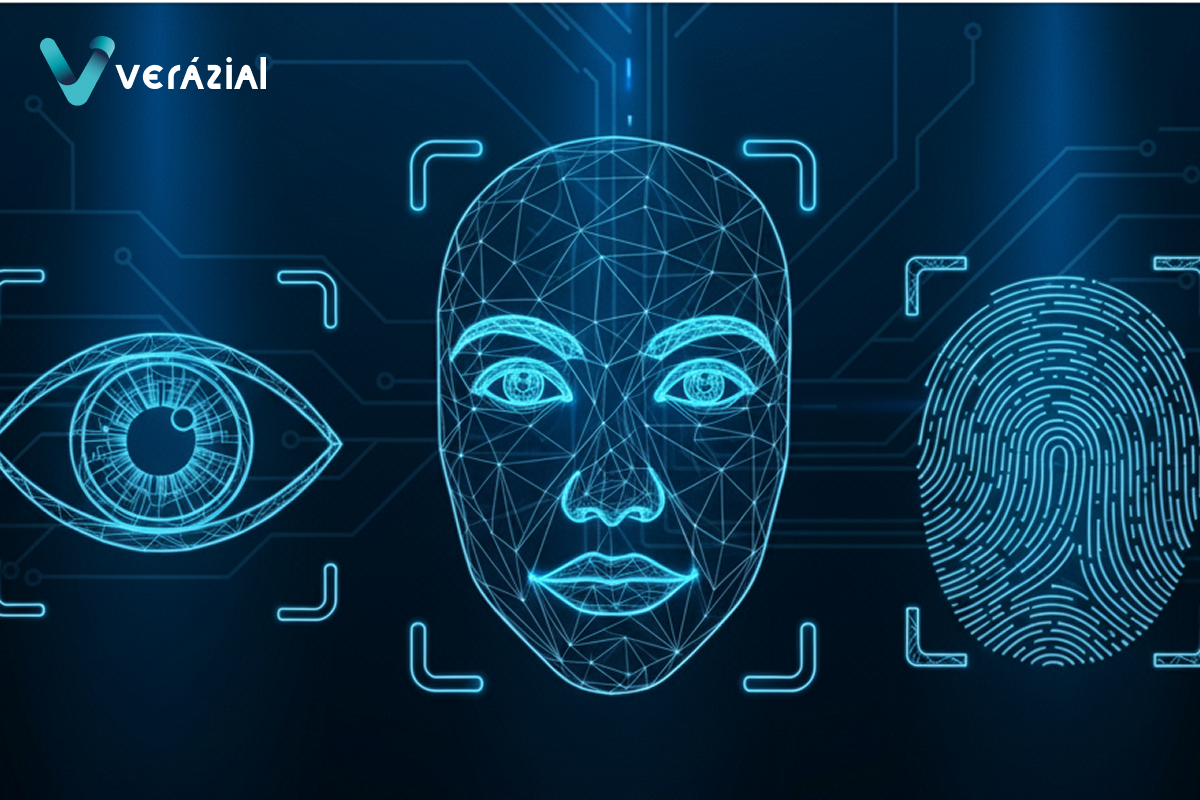Welcome to
our Blog
Here you can learn about the latest biometric developments for your sector
Welcome to
our Blog
Here you can learn about the latest biometric developments for your sector
Welcome to
our Blog
Here you can learn about the latest biometric developments for your sector
AFIS vs ABIS: What is the difference and Why it matters
Biometric identification has moved beyond fingerprints to include facial and iris recognition. Modern security needs like larger databases, contactless identification, and fraud prevention, reveal the limits of fingerprint-only systems. ABIS meets these challenges with multimodal identification, cross-agency collaboration, and scalable, future-ready infrastructure. Biometric identification has become a critical [...]
More than just Inmate control: How Biometrics reinforce total Prison Security
In correctional facilities, security is often viewed mainly as inmate control, monitoring movements, enforcing confinement, and preventing escapes. True safety goes beyond this, it includes managing access, tracking staff and visitors, and maintaining real-time data. Biometric identification technologies are now a cornerstone, enabling precise identification and a holistic security [...]
Critical Patient Identification Points in Hospitals: The Value of Biometrics
Correct patient identification is essential for ensuring patient safety during medical care. In critical procedures such as admissions, blood transfusions, or radiotherapy, even a small error can have serious consequences. Implementing biometrics offers precise identification that protects the patient, reduces risks, and builds greater confidence throughout the entire care [...]
AFIS vs ABIS: What is the difference and Why it matters
Biometric identification has moved beyond fingerprints to include facial and iris recognition. Modern security needs like larger databases, contactless identification, and fraud prevention, reveal the limits of fingerprint-only systems. ABIS meets these challenges with multimodal identification, cross-agency collaboration, and [...]
More than just Inmate control: How Biometrics reinforce total Prison Security
In correctional facilities, security is often viewed mainly as inmate control, monitoring movements, enforcing confinement, and preventing escapes. True safety goes beyond this, it includes managing access, tracking staff and visitors, and maintaining real-time data. Biometric identification technologies are [...]
Critical Patient Identification Points in Hospitals: The Value of Biometrics
Correct patient identification is essential for ensuring patient safety during medical care. In critical procedures such as admissions, blood transfusions, or radiotherapy, even a small error can have serious consequences. Implementing biometrics offers precise identification that protects the patient, [...]
Multimodal Biometrics: Why combining Iris, Fingerprint, and Facial Recognition enhances security?
Multimodal biometrics combines several identification technologies, such as iris, fingerprint, and facial recognition, to provide a more secure, accurate, and reliable way to authenticate individuals. Integrating these modalities increases resilience against errors and fraud while offering users flexibility and [...]
Subscribe to our newsletter
Receive information of interest about biometrics for your sector
Subscribe to our newsletter
Receive information of interest about biometrics for your sector
Subscribe to our newsletter
Receive information of interest about biometrics for your sector





